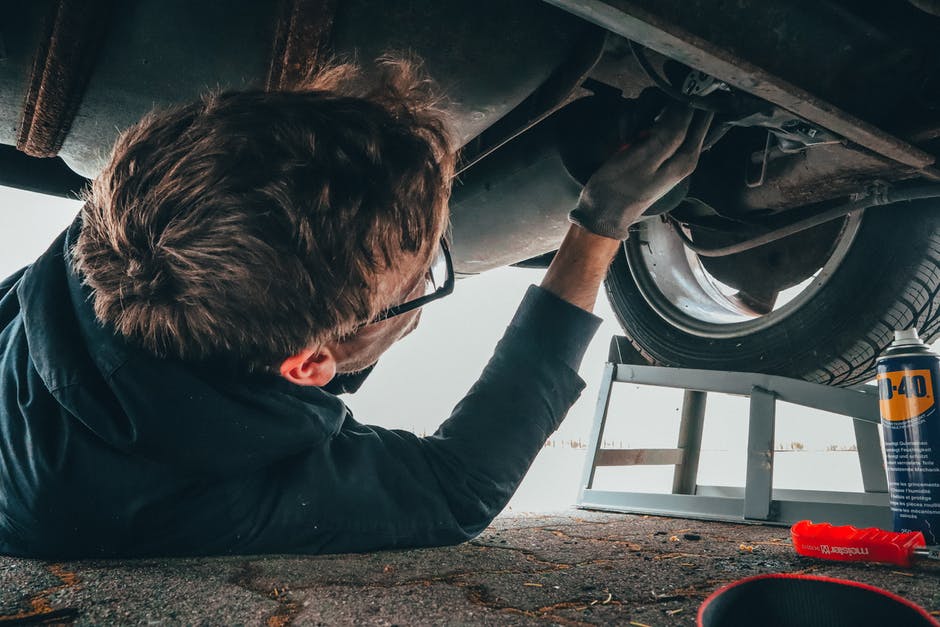Scam Likely! How to Avoid Fake Car Parts
Buy a car.
Expect repairs.
Now, that might sound pessimistic. But periodical repairs are just part of vehicle ownership. General use over time puts a burden on the mechanical systems in place. Things wear out! Accidents are common too. Sooner or later, repair work is required.
It doesn’t come cheap though. Indeed, expect costs of up to $8,200 in certain situations.
Prices skyrocket when faulty parts and components need replacing. It’s tempting to opt for the cheapest parts you can find.
Don’t be taken for a ride though. With no personal expertise in the area and no reason to doubt a dealer’s reputation, it’s easy to be sold counterfeit parts that are unsafe and not fit for purpose.
Thankfully, there are certain ways to stop that happening. Want to know what they are?
Keep reading to discover 7 ways to avoid fake car parts.
1. See Pictures in Advance
It isn’t uncommon to buy car parts online these days.
Especially if you’re taking a DIY approach to your repairs or modifications.
Be wary though. The market has been flooded with counterfeit products in recent years. If you’re buying through the internet, then be sure to pay close attention to the images. Request additional photos if there’s any uncertainty.
Remember, scammers work hard to ensure their fakes look as close as possible to the real deal. Ask for images of particular details, such as serial numbers, model numbers, and part numbers. That way you have a better chance of validating their authenticity.
2. Request Documentation
Be particularly careful when buying parts of greater consequence.
Imagine paying out for a full engine and finding out it’s fake. That’s no fun for anyone.
Request documentation for the item beforehand to stop it happening. Documentation or product history will help you verify a) that it’s a genuine and b) that it’s been properly maintained.
3. Avoid Dodgy Packaging
Another clear sign of a counterfeit is dodgy packaging.
Don’t just rush and grab the product from its box without paying it close attention.
It might seem fine. Indeed, these days, scammers go to great lengths to match the aesthetic of their fakes to the real product. That goes for the packaging too. After all, they know that people pay close attention to these things.
It’s worth looking out for anyway. Anything that seems suspect with the packaging (such as flimsy plastic, rips and tears, improper sealing, bad design work, and so on) should raise alarm bells.
4. Be Wary of Discount Prices
Everyone is on the lookout for a deal.
Hence why it’s so tempting to go for that crazily cheap, perfect-looking part on offer.
That’s where they get you! Be immensely wary of extreme price differences. Most parts have a certain market value. They’re priced at a set rate based on what they’re worth. Found the ‘very same part’ for a massively cheaper price? It’s probably a fraud.
As a rule of thumb, if it seems too good to be true, then it probably is. Why would a dealer sell the part so cheap when the competition is making so much more? Undercutting is common. But only to a certain extent. They still need to make a return.
5. Steer Clear of Incorrect Branding
Just as product packing can be a giveaway, so can the branding.
Think counterfeit clothing. Go to foreign countries and you’ll see people walking around in ‘Adeedas’ t-shirts and ‘Niky’ shoes with the tick the wrong way round. Clearly, they’re knock-off versions of the big brands.
It might not be as obvious as this for your car parts. But the same rule applies. Improper or erroneous branding is never a good sign.
Take a close look at the emblems, logos, slogans and so on. The finer details often hold clues to counterfeits.
6. Ensure Return Policies
Fake parts are common. Hopefully, that much is clear by now.
Sometimes, your dealer may not even know the part isn’t real! They might not have sold you a counterfeit on purpose. They may have been sold the lie from their own supplier first.
It doesn’t matter- the outcome is the same. However, it does mean that it’s always better to buy with a return policy or guarantee in place. That way it’s a no risk situation. Sure, it’s a hassle, but simply send it back and get your money returned.
Equally, just because an item is new doesn’t mean it’s the real deal. You can absolutely have a new counterfeit item.
7. Only Use Authorized Dealers/Retailers
It’s tempting to avoid authorized dealers.
After all, they charge more.
Why choose them when you can get a discount version online and delivered fast?
Well, because you may end up saving money in the long run. The parts they supply are guaranteed to be genuine. Fake parts may be cheaper upfront. But they fail quicker and need replacing more often. They may even do further damage to your vehicle. That requires greater expense over time.
Authorized dealers are the safer bet.
As a quick aside, be sure to know the insurance implications of your new parts too.
You don’t want your policy rendered obsolete by fitting inadequate parts. Speak with your provider for clarification. Look into sr22 insurance, if you’re in Florida, while you’re at it.
Time to Avoid Those Fake Car Parts
There you have it: top tips to help you avoid fake car parts.
Car repairs are a standard part of owning any vehicle. For one reason or another, over time, the likelihood of needing repair work increases. But it isn’t cheap and repairs are often the most expensive when new parts are called for.
It’s tempting to cut costs by selecting the cheapest replacement parts you can find. Unfortunately, these of often counterfeits. It’s sometimes hard to know when you’ve been swindled!
Hopefully, this post has given you all the information you need to stop that happening in the future.


